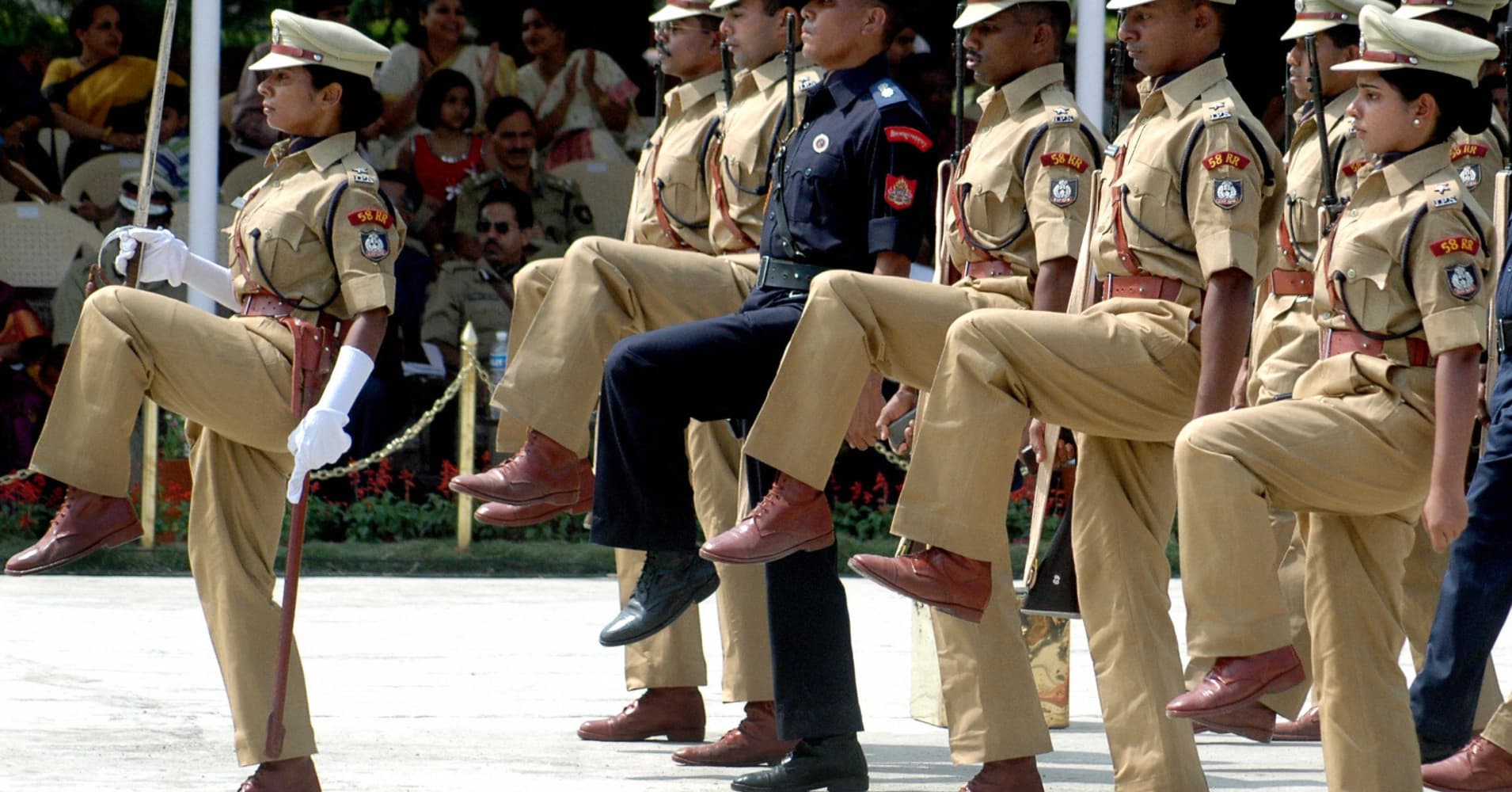NEW DELHI: Some bureaucrats did not want to be identified as openly resisting the reform process and hence relied on their links with political leaders.
The lateral entry system, which has now been shelved because political opposition from BJP’s allies and the opposition I.N.D.I.A group, was likely being supported by members of the existing Indian Administrative Service (IAS) lobby, which staged a significant pushback from within the system to ensure that the reform policy was not implemented. Sources told The Sunday Guardian that there was widespread anger within the bureaucratic circle as the government wanted to recruit a “significantly huge number” of 10 people for the post of Joint Secretary and 35 private individuals for the posts of Director and Deputy Secretary.
In the hierarchy of the Ministry of the Government of India, the bureaucracy follows this order: Secretary, Additional Secretary, Joint Secretary, and then Directors and Deputy Secretaries. According to statements made by Minister of State Jitendra Singh, a total of 63 appointments through lateral entry have been made over the past five years. As of now, 57 of these lateral entrants are actively serving in various ministries and departments.
If the now-shelved 45 lateral entries had occurred, the number of private individuals who had entered the bureaucracy through this process would have crossed the 100-mark, creating a defining moment in this initiative. Sources aware of the development said that given the discontent that the bureaucratic system developed after the notification was released, it is quite possible that the upper echelons of the bureaucracy relied on their relationships with some political leaders, both in the Opposition and in the National Democratic Alliance, who eventually raised their voice against lateral entry, citing a lack of reservation in the recruitment process.
Bureaucrats did not want to be identified as openly resisting a reform process that Prime Minister Narendra Modi himself had been seeking, and hence relied on their links with these political leaders.
According to sources, there was a fear among the existing bureaucrats that if this current high number of recruitments were allowed to happen, it would lead to more such recruitments in the coming months, which would eventually affect the clout that the IAS has carried for decades since 1854 when the IAS was known as the Indian Civil Service (ICS). One senior official stated that this system was against “natural justice”, as the existing bureaucrats were not allowed to apply for the post of Joint Secretary simply because they were already a part of the system.
The Sunday Guardian in June 2018 (PM Modi firm on lateral entry of professionals) had written about how the IAS lobby was likely to use Opposition parties and caste lobbies to prevent the implementation of this system. The system of lateral entry, old-timers recalled, has been in existence for a long time. PM Modi was only trying to institutionalize it by making these appointments through the Union Public Service Commission so that it can happen in a transparent manner.
Manmohan Singh, who later became Prime Minister, was once appointed as Secretary in the Department of Economic Affairs. Manuel Menezes, who was associated with the Indian Rail Board all his life, retired as Secretary (Defence Production). Similarly, chemical scientist Lovraj Kumar served as Petroleum Secretary during Indira Gandhi’s government. Scientist S.S. Bhatnagar served as Secretary in the then Education Ministry. Agricultural scientist M.S. Swaminathan worked as Principal Secretary in the Ministry of Agriculture. Economist Vijay Kelkar served as Finance Secretary in 1998. Similarly, well-known nuclear scientist Homi Bhabha and economist Indra Prasad Gordhanbhai Patel also served in various positions in the government.
The Sunday Guardian had also mentioned in its earlier report that IAS officers would adopt a stance of non-cooperation with the lateral entrants so that the latter fail to carry out their duties and the “experiment” proves to be a failure. This proved to be true as, out of the 9 of the 6,077 applicants who were recruited in the first such process in June 2019, one did not join, and two, including Amber Dubey and Arun Goel, resigned midway, citing non-cooperation and an unconducive work environment.

